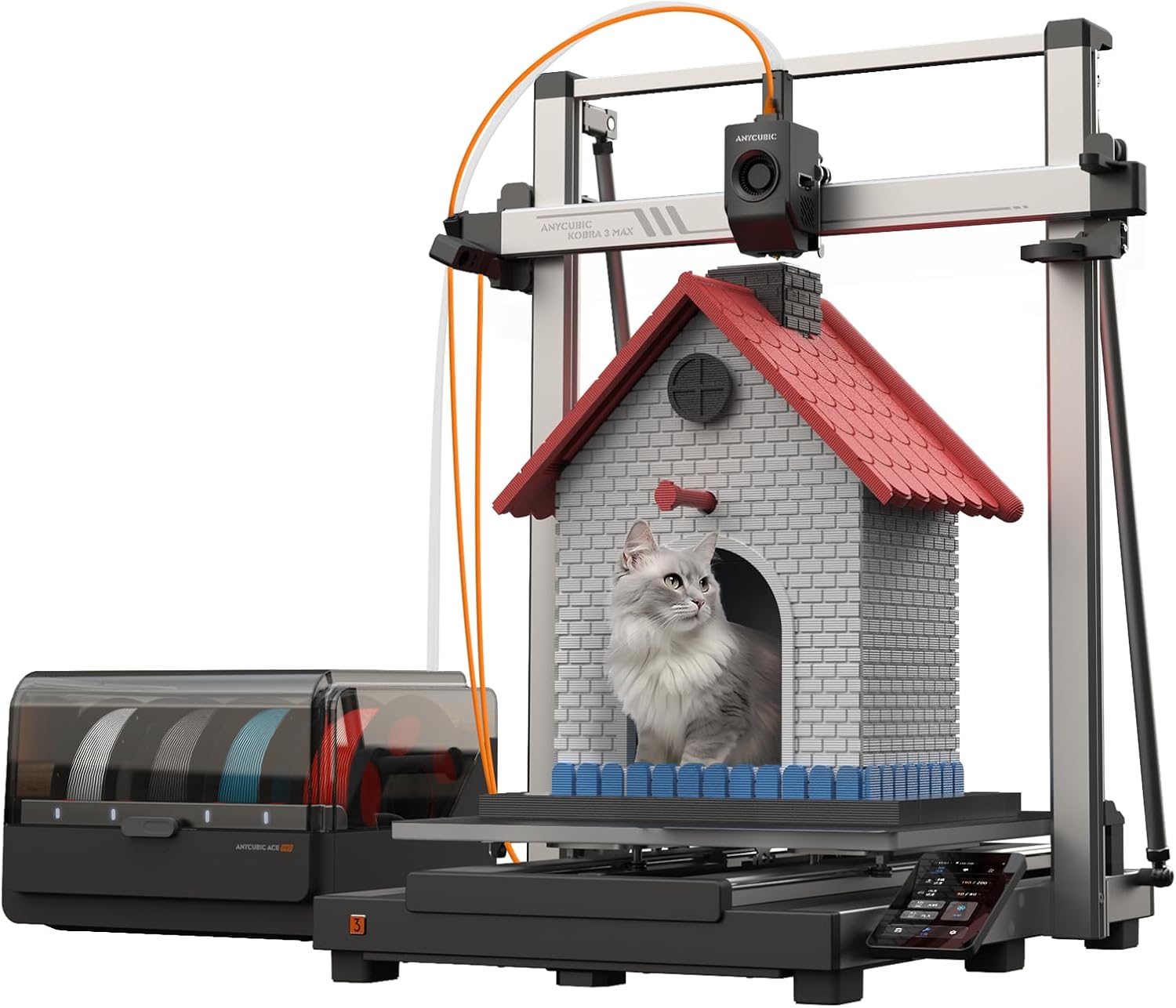Introduction
3D printing, also known as additive manufacturing, has emerged as a revolutionary technology in the fields of manufacturing and design. By allowing the creation of complex objects layer by layer, 3D printing offers unparalleled flexibility, customization, and efficiency. This article explores how 3D printing is transforming manufacturing and design, from rapid prototyping and custom production to innovative applications across various industries. As 3D printing technology continues to advance, it is reshaping traditional manufacturing processes and opening up new possibilities for innovation and creativity.
The Basics of 3D Printing
At its core, 3D printing is a process that creates physical objects from digital designs by building them layer by layer. This contrasts with traditional manufacturing methods, which often involve cutting away material from a solid block or using molds to shape objects. 3D printing allows for the creation of highly detailed and complex structures that would be difficult or impossible to achieve with conventional techniques. The most common materials used in 3D printing include plastics, metals, and ceramics, but advancements in the technology are expanding the range of materials that can be printed.

Anycubic Kobra Max 3D Printer Combo
Großformatiger 3D-Drucker mit automatischer Nivellierung und stabilem Bowden-Design.
Hochpräzise Druckqualität für große Projekte und vielseitiger Einsatz.
Einfacher Zusammenbau – perfekt für Profis und 3D-Druck-Einsteiger.
Rapid Prototyping and Innovation
One of the most significant impacts of 3D printing is in the area of rapid prototyping. Designers and engineers can now quickly turn digital concepts into physical prototypes, allowing for faster iteration and testing. This accelerates the product development process, enabling companies to bring new products to market more quickly. Rapid prototyping also allows for greater experimentation and innovation, as designers can easily modify and refine their designs based on real-world feedback. This iterative process is particularly valuable in industries such as automotive, aerospace, and consumer electronics, where innovation is key to staying competitive.
Customization and Personalization
3D printing is also transforming manufacturing by enabling mass customization and personalization. Unlike traditional manufacturing methods, which often require large production runs to be cost-effective, 3D printing allows for the creation of one-off or small-batch products without significant additional cost. This makes it possible to produce customized products tailored to individual preferences or specific requirements. For example, in the medical field, 3D printing is being used to create custom prosthetics and implants that perfectly match a patient’s anatomy. In fashion and consumer goods, 3D printing allows for personalized products, such as custom-fit clothing or unique jewelry designs.
Reducing Waste and Environmental Impact
Another important benefit of 3D printing is its potential to reduce waste and environmental impact. Traditional manufacturing processes often result in significant material waste, as excess material is cut away or discarded during production. In contrast, 3D printing uses only the material needed to create the object, minimizing waste. Additionally, 3D printing allows for the use of recycled or sustainable materials, further reducing the environmental footprint of manufacturing. As sustainability becomes an increasingly important consideration for businesses and consumers alike, 3D printing offers a more eco-friendly alternative to conventional manufacturing methods.

Creality Ender 3 V3 SE 3D Printer
Kompakter und leistungsstarker 3D-Drucker mit robustem Rahmen und präzisem Dual-Z-Achsen-Design.
Schneller Aufbau, automatische Nivellierung und leiser Betrieb.
Ideal für Einsteiger und Fortgeschrittene, vielseitig einsetzbar für DIY-Projekte.
3D Printing in Healthcare
The healthcare industry is one of the areas where 3D printing is having a profound impact. From custom implants and prosthetics to tissue engineering and surgical planning, 3D printing is enabling new medical innovations that improve patient outcomes. For example, surgeons can use 3D-printed models of a patient’s anatomy to plan complex surgeries with greater precision. Additionally, 3D printing is being used to create biocompatible implants and prosthetics that are tailored to the patient’s unique physiology, leading to better fit and function. As research in bioprinting advances, the potential for 3D printing in healthcare will continue to expand, offering new solutions for personalized medicine.
3D Printing in Aerospace and Automotive
The aerospace and automotive industries are also benefiting from the capabilities of 3D printing. In aerospace, 3D printing is being used to create lightweight, high-strength components that reduce the weight of aircraft and improve fuel efficiency. This is particularly important for space exploration, where every gram of weight matters. In the automotive industry, 3D printing allows for the rapid prototyping of new parts and the production of custom components for high-performance vehicles. As the technology continues to evolve, 3D printing is expected to play an even greater role in the design and production of next-generation vehicles.
Challenges and Limitations
Despite its many advantages, 3D printing also faces challenges and limitations that must be addressed. One of the primary challenges is the speed of production, as 3D printing is generally slower than traditional manufacturing methods, especially for large-scale production. Additionally, the cost of 3D printing materials and equipment can be high, limiting its accessibility for some businesses. There are also technical challenges, such as the need for specialized software and the difficulty of achieving consistent quality across different materials and designs. However, ongoing research and development are working to overcome these challenges, making 3D printing more efficient, cost-effective, and versatile.

TRONXY 3D Printer CRUX 1 Mini
Kompakter 3D-Drucker mit stabiler Metallstruktur und präziser Drucktechnologie.
Einfache Bedienung dank Touchscreen, schnelle Montage, leiser Betrieb.
Optimal für Einsteiger, Schulen und DIY-Projekte mit begrenztem Platz.
Conclusion
3D printing is transforming the fields of manufacturing and design, offering new opportunities for innovation, customization, and sustainability. From rapid prototyping to personalized healthcare solutions, 3D printing is reshaping how products are designed, produced, and used. As the technology continues to advance, its impact will likely grow, driving further changes across various industries. While challenges remain, the potential of 3D printing to revolutionize manufacturing and design is clear, making it an exciting area of development for the future.


CONVERSATION